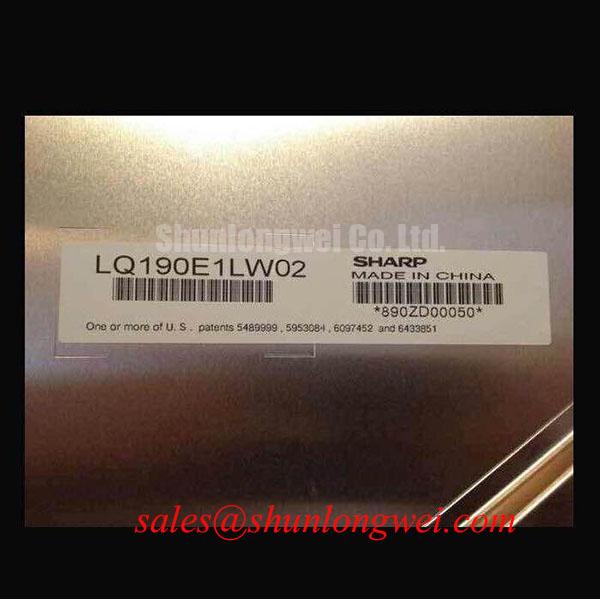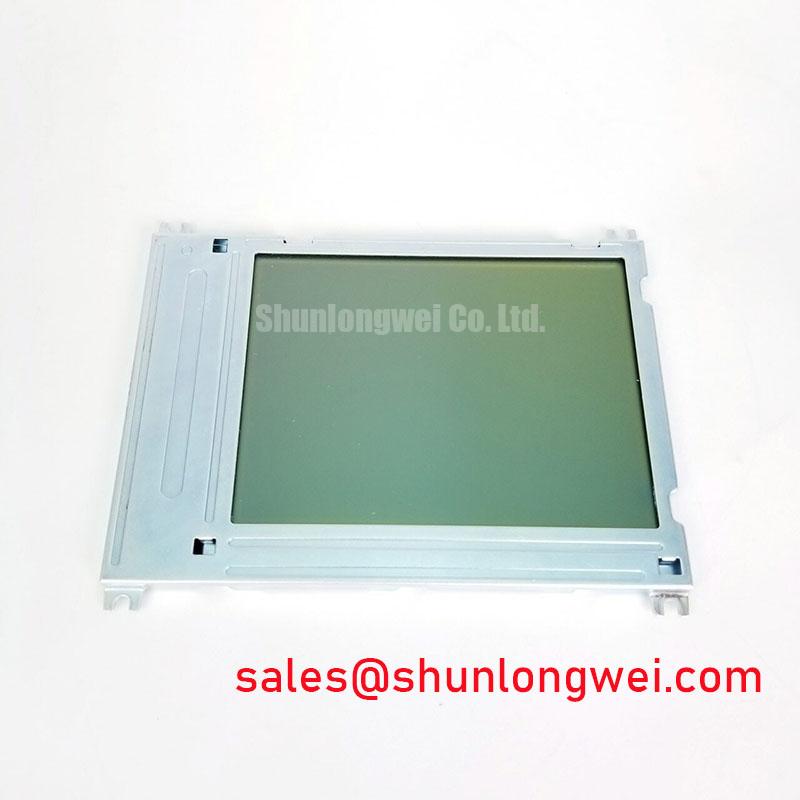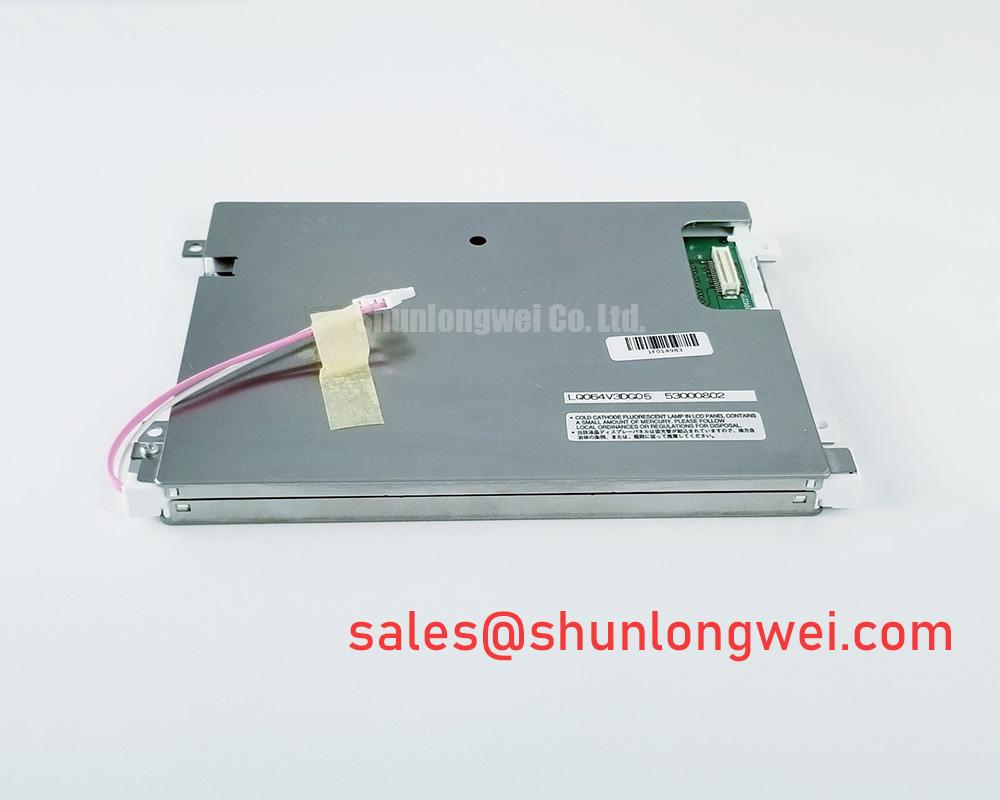LQ133X1LH04: The Premier 13.3" XGA Display for Legacy System Replacement
Your Strategic Solution to Component Obsolescence
System engineers and procurement managers face a persistent challenge: sourcing critical components for equipment that is functionally perfect but built around technology that is now end-of-life. The cost of redesigning, recertifying, and redeploying an entire system just to accommodate a modern widescreen display is often prohibitive. This is particularly true in certified environments like medical, aerospace, and industrial automation. The Sharp LQ133X1LH04 is the definitive answer to this problem, offering a form, fit, and function replacement for legacy 13.3-inch XGA displays. It eliminates the engineering burden and financial risk associated with forced upgrades, ensuring operational continuity and maximizing the return on your original equipment investment.
Technical Deep Dive: The Engineering Behind Perfect-Fit Integration
The value of the Sharp LQ133X1LH04 lies in its precise adherence to the specifications of a generation of widely deployed systems. Its design is a deliberate match for legacy architecture. The panel's LVDS (Low-Voltage Differential Signaling) interface is a 1-channel, 6-bit configuration, a standard that ensures direct compatibility with the host controllers in older equipment without the need for signal converters or adapter boards. This simplifies the repair and refurbishment process, reducing both labor time and potential points of failure. Furthermore, its use of amorphous silicon (a-Si) TFT technology was a proven, reliable choice for performance and production scale during its era, offering a known quantity for system longevity.
Deployment Snippets: Extending Asset Lifecycles
In the field, the LQ133X1LH04 provides a critical lifeline for high-value assets. Consider a medical OEM tasked with servicing a fleet of portable diagnostic machines designed a decade ago. The original displays are failing, but the core diagnostic hardware and software are still state-of-the-art. By sourcing the LQ133X1LH04, the OEM can perform a direct panel swap, avoiding a multi-year, multi-million-dollar re-certification process with regulatory bodies. Similarly, a defense contractor can refurbish ruggedized field laptops by replacing damaged panels with this model, guaranteeing that all mechanical housings and internal connections align perfectly, maintaining the unit's original integrity and environmental sealing.
Purpose-Built for Continuity in Critical Systems
The unique 4:3 aspect ratio and XGA resolution of the LQ133X1LH04 make it indispensable in several key areas. Think of it less as a component and more as a key to unlocking extended operational life. Many graphical user interfaces (GUIs) in industrial HMI panels and test and measurement equipment were hard-coded for a 1024x768 pixel layout. Swapping in a modern widescreen panel would result in distorted, stretched, or letterboxed visuals, compromising usability. This display ensures the operator experience remains exactly as it was originally designed. For applications where color fidelity is important, such as older photo-editing stations or specific analytical instruments, its glare surface provides the saturated, vibrant colors that users of that equipment have come to expect.
Selection Insight: Replacement vs. Redesign
When a legacy display fails, an engineer has two paths: replacement or redesign. The LQ133X1LH04 represents the replacement path, offering minimal disruption. The alternative, redesigning around a modern LED-backlit, widescreen display, introduces a cascade of complexities. This would require new mechanical brackets, a different power inverter or an entirely new driver board, potential firmware adjustments to handle the new resolution, and extensive system testing. While a modern panel like the G133HAN02.0 is an excellent choice for new designs with its Full HD resolution and LED backlight, it is not an electrical or mechanical substitute for the LQ133X1LH04. For maintenance and repair, the choice is clear: the LQ133X1LH04 minimizes downtime, risk, and total cost of ownership.
Strategic Obsolescence Management and Long-Term Value
Integrating the Sharp LQ133X1LH04 into your supply chain is a strategic move that directly addresses the challenges of technological obsolescence. It provides a stable, reliable source for maintaining and servicing long-life equipment fleets. This is not merely about repair; it is about asset management. By extending the life of proven, certified systems, organizations can defer significant capital expenditures and avoid the "rip and replace" cycle. This approach is not only financially prudent but also aligns with sustainability goals by reducing electronic waste. For a deeper understanding of the foundational technology, exploring The Ultimate Guide to TFT-LCDs can provide valuable context.
Key Performance Indicators at a Glance
The following parameters underscore the LQ133X1LH04's role as a specific-fit solution for legacy systems. Its specifications are tailored for direct, hassle-free integration into equipment designed for this exact class of display.
| Parameter | Specification |
|---|---|
| Screen Diagonal | 13.3 inch |
| Resolution | 1024(RGB)×768, XGA |
| Aspect Ratio | 4:3 (Width:Height) |
| Backlight Technology | 1 pc CCFL (Cold Cathode Fluorescent Lamp) |
| Signal Interface | LVDS (1 ch, 6-bit), 20 pins Connector |
| Operating Temperature | 0 ~ 50 °C |
Frequently Asked Questions
-
Does the LQ133X1LH04 require a separate inverter for its CCFL backlight?
Yes. As a CCFL-backlit panel, it requires a separate high-voltage inverter to power the lamp. This is a critical distinction from modern LED-backlit displays that use a simpler LED driver. The system must have, or be fitted with, a compatible inverter.
-
Can I use this 4:3 display to replace a widescreen (16:9) panel?
No, this is not recommended. The LQ133X1LH04 is specifically designed as a drop-in replacement for systems with a 4:3 aspect ratio chassis and a 1024x768 native resolution. Attempting to fit it into a widescreen enclosure would require significant mechanical and software modification.
-
What is the typical lifespan of a CCFL backlight?
CCFL backlights typically have a lifespan rated in terms of half-life, which is the time it takes for the brightness to decrease to 50% of its initial value. This is often in the range of 10,000 to 20,000 hours of operation, depending on the drive conditions and operating environment.
A Strategic Approach to System Longevity
Choosing the Sharp LQ133X1LH04 is an investment in stability and operational continuity. It empowers engineering teams to look beyond short-term fixes and implement a long-term strategy for managing high-value, long-lifecycle assets. By securing a reliable supply of these critical legacy components, you are not just repairing a machine; you are preserving the integrity of a proven system, upholding its original certifications, and ensuring it continues to deliver value for years to come. This forward-thinking approach to maintenance and refurbishment is the cornerstone of intelligent and sustainable industrial and medical technology management.












